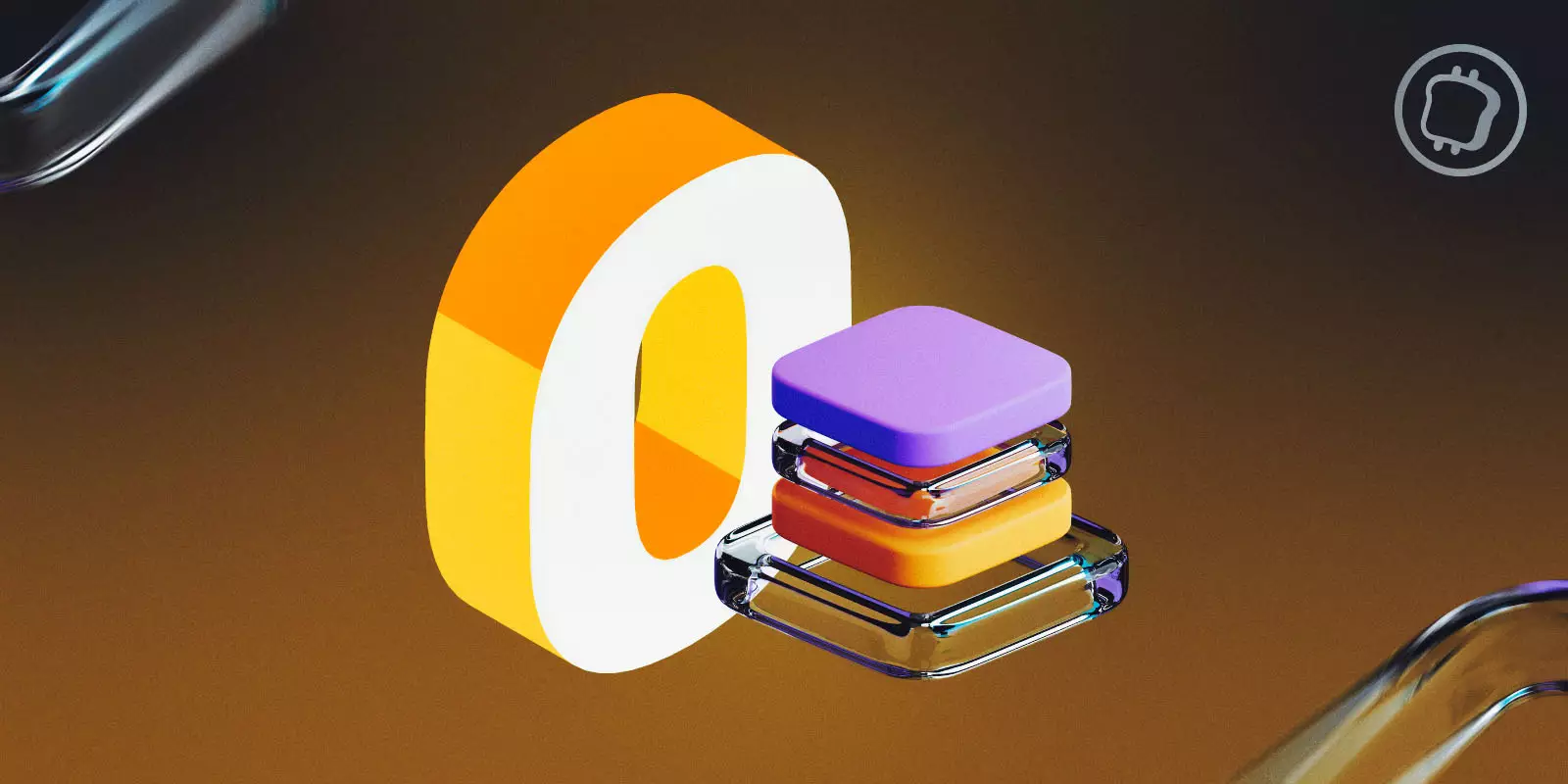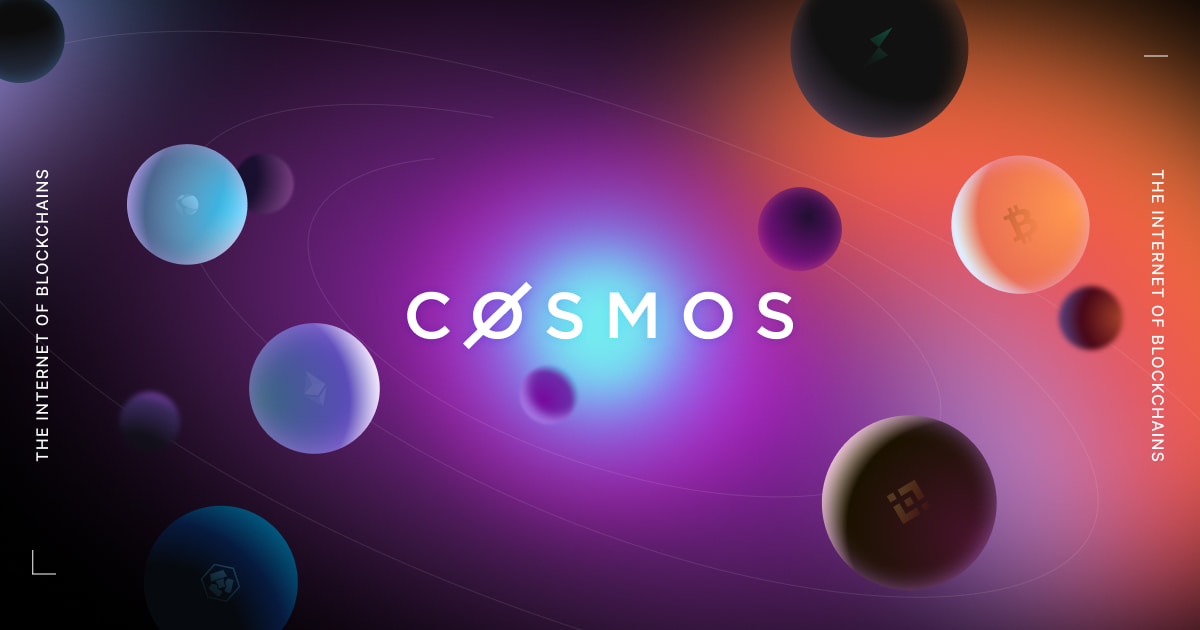What is Layer 0? Layer 0 is an infrastructure layer on which developers can build Layer 1s. Up to this point in the crypto market there are not too many active Layer 0 platforms, just a few names like Cosmos, Polkadot or Avalanche. So what is Layer 0 and what is interesting about its model? Let’s find out together in the article below.
To understand more about Layer 0, people can refer to some of the articles below:
- What is Avalanche (AVAX)? Avalanche Cryptocurrency Overview
- What is Celestia? Celestia Cryptocurrency Overview
What is Layer 0?
Crypto & Ethereum market landscape
After the CryptoKities game event caused Ethereum’s network to become seriously congested, the need to solve the expansion problem on Ethereum to make the network faster and network fees cheaper became even more urgent. Some of the solutions offered include:
- High-performance Layer 1s focus on vertical development such as Solana or Internet Computer.
- Layer 2 aims to develop horizontally such as using Sharding technology or switching from Sequential Execution to Parallel Execution.
- Taking implementation off the Mainnet helps save implementation costs. This is the story of Layer 2 platforms, the most prominent at the present time being the Optimistic Rollup and zkRollup solutions.
Besides the above solutions, Layer 0 is also considered a solution for solving the problem of blockchain expansion without sacrificing the decentralization and security of the Blockchain network. Layer 0, Layer 1, Layer 2 and Layer 3 have some key differences including:
- Layer 0: Serves as infrastructure so developers can Build Layer 1 Blockchains up there.
- Layer 1: Serves as infrastructure so developers can Build Protocols or DApps up there.
- Layer 2: Be considered Layer 1 extension solution to bring transactions executed off the main chain to help reduce transaction fees and increase transaction speed. Normally, Layer 2 will send compressed data and transaction proof to Layer 1.
- Layer 3: Considered a specialized expansion solution for Layer 2 Dapps specializing in a certain area, Layer 3 can also be a Blockchain but has higher customization capabilities than Layer 2.
Note: Layer 0 here is not the LayerZero project – a message transmission protocol that is extremely popular recently.
Overview of Layer 0 & How it works

Layer 0 is an infrastructure layer that can support developers in building Layer 1 Blockchains above. Layer 1 Blockchains can go in many different directions such as specializing in DeFi, specializing in AMM, specializing in about NFT, specializing in Social, specializing in Trading,… Before Layer 0 protocols were born, the problem was:
“Each Blockchain Layer 1 is infrastructure for many different pieces of the puzzle and will not be optimized for any one piece of the puzzle”
And the story of Layer 0 will be the infrastructure for Layer 1 Blockchains to build on, each Layer 1 will be optimized for its goals and vision. To solve the problem of interaction and connection, it will be with a single cross-chain bridge. Everyone will be quite familiar with this model at Layer 2 – Layer 3 when there are also many technologies such as Validium, AnyTrust, Volidium, Rollup,… customized to suit the development goals of that Blockchain.
Typically, Layer 0 will include some of the following pieces:
- SDK: To help developers easily develop a Blockchain platform on Layer 0. For example: Cosmos SDK.
- Cross-chain bridge: Is the only bridge that connects all Blockchains, helping to transfer information and assets seamlessly, securely and decentralized. For example, IBC of Cosmos, XCMP of Polkadot and Avalanche have not been announced yet.
Some advantages of Layer 0
As one of the expansion solutions for Ethereum, Layer 0 projects will bring with them a number of advantages as follows:
- Better scalability with faster, more stable transaction speeds and moderate transaction fees several times cheaper than current Layer 2 platforms.
- The fact that each blockchain has a different mission and vision helps it become optimized for its purpose creating a smoother experience for users.
- Layer 1 Blockchains will receive security from the original chain, thereby focusing on developing and popularizing their products. For example, Polkadot has Relaychain, Cosmos has Interchain Security,…
- Customizable and flexible SDK makes it easy for developers to build their own Blockchain.
- The cross-chain protocol is many times more secure than cross-chain protocols on the market.
The advantages that Layer 0 brings are undeniable. There are advantages that other Layer 1 Blockchains will find difficult to achieve, such as optimizing blockchain for specialized products.
Some disadvantages of Layer 0
Besides the advantages and benefits it brings, Layer 0 still has certain problems that need to be thoroughly resolved in the future:
- Limitations in interaction Although there are bridges across the chain, the user experience at the present time will not be as smooth or seamless as the direct experience on a Layer 1 platform.
- Liquidity fragmentation is also an issue when assets are moved across different blockchains. There are assets that are not even liquid on the opposite chain.
- There is a risk that the entire cross-chain interaction network depends on a single bridge (Polkadot’s XCMP was once attacked by hackers and took a small amount of money), besides, Layer 1 will often depend on security. from Layer 0.
Some Outstanding Layer 0 Projects in the Crypto Market
Cosmos – The leading project in the Layer 0 segment

Cosmos is definitely a leading project in the Layer 0 segment as well as the Internet of Blockchain today with a large number of Lauyer 1 Blockchains built on the Cosmos SDK and still growing very strongly even in the middle of crypto winter. Cosmos has a number of basic pieces as follows:
- Cosmos SDK: A toolkit that helps developers easily build a Layer 1 Blockchain on Cosmos with many customizable features to suit personal needs.
- IBC: Is a cross-chain bridge connecting all Layer 1 Blockchains on Cosmos. Assets and information can move between Blockchains seamlessly.
- Zone: Zone is part of the governance mechanism of the Cosmos Network, allowing the creation and management of Blockchains independent of the Cosmos Hub, each Blockchain can have its own applications and policies.
- Hub: Hub is part of the Cosmos Network architecture, where blockchains are linked together through an intermediary layer called Cosmos Hub. Cosmos Hub is a Blockchain capable of connecting other dApps and Blockchains together, allowing communication and information exchange between different Blockchains in the Cosmos network.
Everyone can read about Hub & Zone on Cosmos in the article What Are Hub And Zone? Hub & Zone Operation Mechanism on Cosmos. Besides, people can read more about IBC in the article What is Inter Blockchain Communication (IBC)? Cosmos’s Core Power.
Cosmos will certainly lead the Internet of Blockchain trend in the long term. However, one of the disadvantages of Cosmos lies in the tokenomics of the project when ATOM does not Capture Value as much as AVAX or DOT.
Polkadot – A project with a new model

Polkadot is a Layer 0 Blockchain with the characteristics that make up Polkadot including Relaychain – considered the heart of Polkadot, Parachain – considered the powerful arms, Parathread – considered the extended arms and XCM. Details of the components that make up Polkadot are as follows:
- Relaychain: Considered the core, the heart of Polkadot. Relaychain is the synthesis of all Validators with the goal of protecting the integrity of all Parachains.
- Parachain: These are platform Blockchains with a high level of customization that depend on developers, are plugged directly into the Relaychain and enjoy the highest security.
- Parathread: Many Parathreads have gathered into a Parapool to become a Parachain on Polkadot, inheriting security from Relaychain like a regular Parachain.
- XCM: Is a cross-transfer bridge that helps connect Polkadot’s entire ecosystem including more than 100 Parachains and many Parapools into a powerful, interactive, continuously exchanging, and homogeneous block.
I have an article that explains very clearly and in detail about Parachain, Parathread, Relaychain that you can refer to: What Are Relaychain, Parachain & Parathread? Overview of the 3 Main Components That Make Up Polkadot. Besides, I also have an article explaining in detail about XCM at What is Cross-Consensus Message Format (XCM)? Will XCM Help Polkadot Overtake Cosmos.
It can be said that although it is not the leader in the Internet of Blockchain movement, Polkadot is one of the first projects to introduce the first concept of Web3. Polkadot itself was also founded by Garvin Wood – one of the Co Founders of Ethereum along with Vitalik Buterin, so Polkadot has many things to look forward to in the future.
Avalanche – Potential Subnet model

There is no denying the success of Avalanche C Chain (EVM Blockchain) in the recent growth cycle. But in terms of progress in the Internet of Blockchain, Avalanche is the laggard of the two names mentioned above. However, with the success of C Chain, we can completely believe that Avalanche will continue to succeed with Subnet.
Avalanche’s composition includes some of the following basic components:
- X Chain: Is where assets are created on Avalanche.
- P Chain: Is the place to manage all Avalanche Subnets. This is also where Avalanche’s Internet of Blockchain model was nurtured and developed.
- C Chain: Is a Smart Contract platform highly compatible with EVM that helps projects from Ethereum or other EVM Blockchains to easily expand via Avalanche. C Chain is one of the Smart Contract Platforms.
With the launch of Subnet, focusing on the Internet of Blockchain vision and accompanied by incentive packages of hundreds of millions of dollars, but with a very bad market, this program of Avalanche was not as successful as expected. The number of new projects on the Subnet is very small, DeFi Kingdom from Harmony has not made many strong impressions on the market.
Avalanche has a lot of work ahead and we need to observe more closely before making an investment decision.
Summary
Above, I have carefully explained to everyone what the Internet of Blockchain and Layer 0 is. I hope everyone will continue to follow this segment and outstanding projects to find their own investment opportunities.


